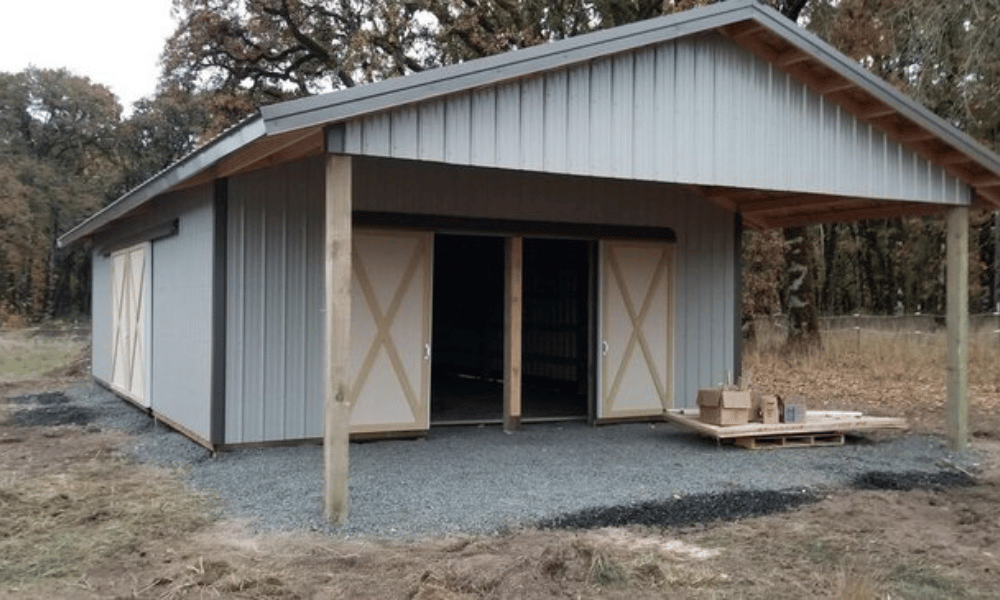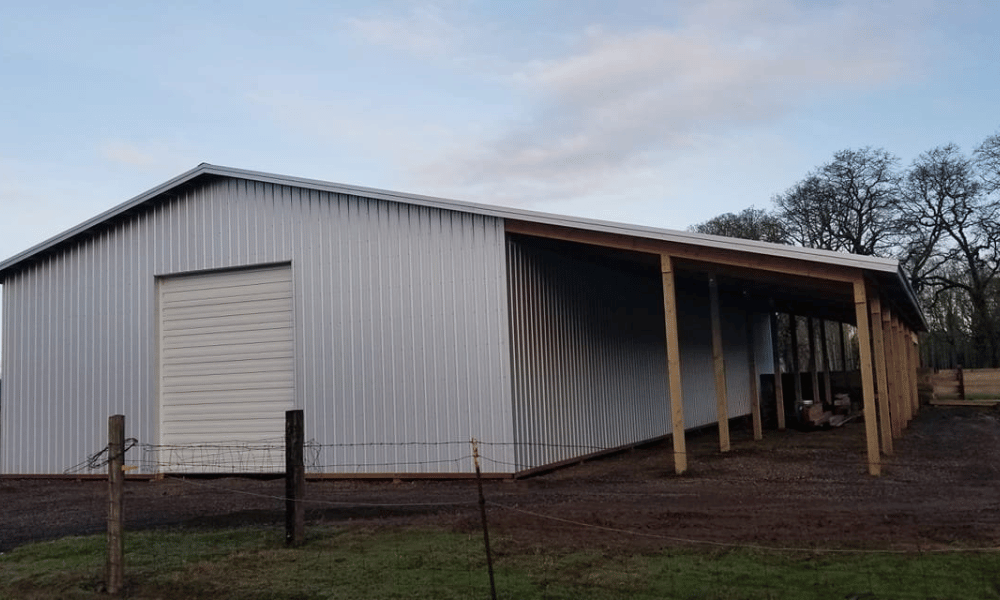Introduction
Building a pole barn garage is an exciting venture, but it’s not without its Pole Barn Garage Builders in Eugene intricacies. As you embark on this journey, one of the most pivotal aspects to consider is the local regulations that dictate how large your structure can be. Navigating these rules can seem daunting, but understanding them is crucial for ensuring your dream garage becomes a reality without any legal hiccups. This article will delve deep into the nuances of local regulations and their impact on the size of your pole barn garage.
Understanding Local Regulations When Determining the Size of Your Pole Barn Garage
When it comes to constructing a pole barn garage, local regulations play a significant role in determining how expansive your project can be. These regulations are often set forth by various governing bodies, including local zoning boards, building departments, and homeowners’ associations. Ignoring these guidelines can lead to fines, forced modifications, or even demolition of your newly constructed garage. Thus, comprehending these regulations is paramount.
What Are Local Regulations?
Local regulations encompass a wide range of rules and standards that govern construction projects within specific jurisdictions. They can include zoning laws, building codes, safety standards, and environmental restrictions. Here’s a breakdown:
- Zoning Laws: These dictate what types of structures can be built in certain areas (residential vs. commercial) and may limit the size and height of buildings. Building Codes: These ensure structures meet safety standards regarding materials used, structural integrity, and more. Environmental Regulations: There may be laws protecting wetlands or certain wildlife habitats that affect where you can build. Homeowners’ Association Rules: If you're in a community with an HOA, additional restrictions may apply regarding aesthetics and size.
Each locality has its own set of rules; thus, it’s essential to research what applies specifically to your area.
Why Are Local Regulations Important?
Local regulations exist for several reasons:
Safety: They ensure that structures are safe for occupants and surrounding properties. Aesthetics: They help maintain the visual harmony within neighborhoods. Environmental Protection: They protect natural resources from overdevelopment. Property Values: They uphold property values by preventing poorly constructed buildings.Ignoring these regulations not only jeopardizes your project but could also lead to potential legal issues down the line.
How Do Zoning Laws Affect Pole Barn Garage Sizes?
Zoning laws are perhaps the most influential factor when it comes to determining the size of your pole barn garage. Each zoning classification (residential, agricultural, commercial) will have different restrictions:
- Setback Requirements: Many zones require buildings to be set back a certain distance from property lines. Lot Coverage Limits: Some areas restrict how much land can be covered by structures.
Before planning your pole barn garage design, consult your local zoning office or website to get detailed information tailored to your location.
Understanding Setback Requirements
Setback requirements mandate how far structures must be from property lines or public roads. For example:
| Setback Type | Minimum Distance | |------------------|------------------| | Front Yard | 20 feet | | Side Yard | 10 feet | | Rear Yard | 15 feet |
Adhering to these distances is paramount; failing to do so could mean costly adjustments or fines.
Lot Coverage Limits Explained
Lot coverage limits cap how much area on your property can be occupied by buildings:

- Residential zones might allow 30% coverage. Agricultural zones could allow up to 50%.
Understanding these limits helps ensure you don’t exceed what’s permissible when planning your ideal pole barn garage size.
Navigating Building Codes for Your Pole Barn Garage
Building codes are established at various levels—local, state, and national—and they provide specific guidelines for construction practices. Key points include:

For exact requirements applicable to pole barn garages in your area, consult with local building inspectors or use online resources provided by government websites.
The Role of Permits in Construction
Before you start building your pole barn garage, securing the necessary permits is vital:
Building Permit: This allows you legally to commence construction. Zoning Permit: Ensures compliance with zoning laws specific to your plot. Environmental Permit (if applicable): Necessary if you're developing land close to certain protected areas.Failing to obtain permits can result in halting construction efforts and incurring significant fines—an experience no one wishes for!
FAQ Section
What defines a pole barn garage?
A pole barn garage is a structure primarily supported by vertical posts known as poles instead of traditional framing methods found in typical garages.
Do I need a permit for my pole barn garage?
Yes! Most areas require you to obtain various permits before starting construction on any new structure—including pole barns—so always check with local authorities first!
How long does it take to get permits for my project?
The time frame varies significantly based on locality—sometimes it takes just days while other times weeks or even months depending on complexity!
Can I build my garage without adhering strictly to local regulations?
While technically possible if you're willing risk hefty fines or forced demolition later down the road—it’s never recommended! Following all guidelines ensures peace-of-mind throughout this process!
Are there size limits imposed on residential garages?
Yes! Most jurisdictions have specific limitations regarding overall square footage; however those limits differ widely—so it's best checking directly with relevant agencies beforehand!
What happens if I violate any local building codes or zoning laws?
Violations typically result in penalties ranging from fines all way up requiring removal/reconstruction which leads further complications down-line!
Conclusion
In conclusion, understanding local regulations when determining the size of your pole barn garage isn’t merely bureaucratic red tape—it’s about ensuring safety, legality, and long-term satisfaction with your investment! By diving deep into zoning laws and building codes applicable specifically within YOUR locality—the path ahead becomes clearer allowing you focus on designing perfect space suited exactly YOU need!
Whether it's extra storage space for vehicles or creating workshop paradise—the essentials remain clear; prioritize compliance while dreaming big! With proper groundwork laid ahead—you'll soon find yourself enjoying benefits derived from wonderful creation crafted entirely according personal vision without any worries attached!
This comprehensive guide serves as an essential resource as you navigate through understanding local regulations when determining the size of your dream pole barn garage!